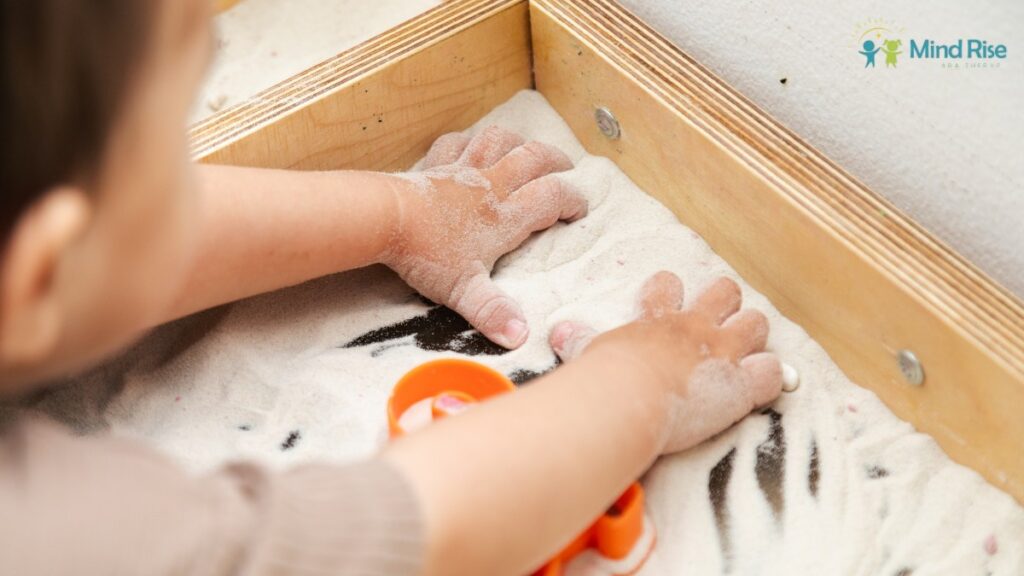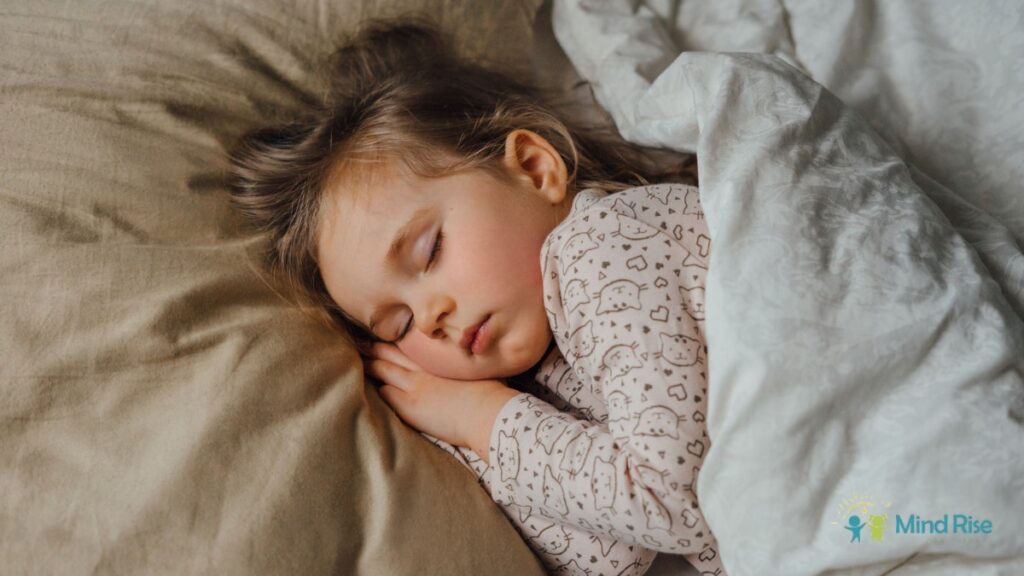Key Points:
- Sensory activities can help nonverbal autistic children improve communication, reduce anxiety, and enhance motor skills.
- Activities like sensory bins, water play, and tactile crafts are effective for engaging sensory systems.
- Incorporating sensory play into daily routines can support emotional regulation and cognitive development.
Parenting a nonverbal autistic child? Sensory activities can be a game-changer! These engaging, hands-on experiences help your child communicate, reduce stress, and build essential skills. Discover simple, effective ways to connect and support their development through fun, sensory-rich play that fits seamlessly into your daily routine.
What Are Sensory Activities for Autism Nonverbal?
Sensory activities for nonverbal autism are designed to stimulate one or more of the senses—sight, sound, touch, taste, smell, balance, and body awareness. These activities help children with autism, especially those who are nonverbal, process sensory information more effectively.
For nonverbal autistic children, sensory play can serve as a bridge to communication. It allows them to express themselves without relying on words, reducing frustration and building confidence. Activities like playing with textured materials or listening to calming sounds can also help regulate emotions and improve focus.

Why Are Sensory Activities Important for Nonverbal Autistic Kids?
Sensory activities are crucial for nonverbal autistic children because they address sensory processing challenges, which are common in autism. Many children with ASD experience sensory sensitivities, such as being overwhelmed by loud noises or avoiding certain textures.
By engaging in sensory play, children can:
- Develop motor skills through hands-on activities.
- Improve emotional regulation by calming their nervous system.
- Enhance communication by using sensory tools to express needs and preferences.
10+ Sensory Activities for Nonverbal Autistic Kids
In this section, we’ll dive into 10+ sensory activities for nonverbal autistic kids, providing practical, engaging ideas that you can easily incorporate at home or in therapy sessions. Whether your child enjoys tactile exploration, calming sounds, or movement-based play, there’s something here to spark joy and support their development.
1. Sensory Bins
Sensory bins are containers filled with materials like rice, beans, or sand, along with small toys or objects. They encourage tactile exploration and fine motor skills.
- Materials to Use: Colored rice, kinetic sand, water beads, or dried pasta.
- Add-Ins: Small figurines, scoops, or cups for sorting and pouring.
- Benefits: Promotes focus, creativity, and sensory integration.
2. Water Play
Water play is a versatile activity that can be calming or stimulating, depending on the child’s needs.
- Ideas: Fill a tub with water and add floating toys, sponges, or cups for pouring.
- Benefits: Enhances hand-eye coordination and provides a soothing sensory experience.
3. Tactile Crafts
Crafts that involve different textures can be both fun and therapeutic.
- Examples: Finger painting, playdough sculpting, or making collages with fabric scraps.
- Benefits: Encourages creativity and helps children explore tactile sensations.
4. Music and Sound Activities
Music can be a powerful tool for nonverbal children, helping them express emotions and improve auditory processing.
- Ideas: Use musical instruments, sing-along videos, or sound-matching games.
- Benefits: Supports language development and emotional expression.
5. Sensory Walks
Create a sensory path using materials like foam mats, textured rugs, or bubble wrap.
- How to Set Up: Lay out different materials for the child to walk on.
- Benefits: Improves balance, coordination, and body awareness.
6. Light Play
Light-based activities can captivate a child’s attention and provide visual stimulation.
- Ideas: Use LED lights, lava lamps, or shadow puppets.
- Benefits: Enhances visual tracking and focus.
7. Aromatherapy and Smell Activities
Introduce calming scents like lavender or citrus to create a relaxing environment.
- How to Use: Use essential oil diffusers or scented playdough.
- Benefits: Helps with emotional regulation and sensory exploration.
8. Swinging and Movement Activities
Swinging or rocking can provide vestibular input, which is essential for balance and spatial awareness.
- Ideas: Use a sensory swing or rocking chair.
- Benefits: Calms the nervous system and improves motor skills.
9. Weighted Blankets and Compression Activities
Weighted blankets or compression vests can provide deep pressure, which is calming for many children.
- How to Use: Offer a weighted blanket during rest time or use compression clothing.
- Benefits: Reduces anxiety and promotes relaxation.
10. Sensory Bottles
Sensory bottles are filled with glitter, beads, or colored water and can be shaken or turned to create visual effects.
- How to Make: Use clear plastic bottles and fill them with materials like glitter glue, water, and small objects.
- Benefits: Provides a calming visual focus and encourages fine motor skills.
11. Nature-Based Sensory Activities
Spending time outdoors can provide a wealth of sensory experiences.
- Ideas: Collect leaves, play in the sand, or listen to birdsong.
- Benefits: Encourages exploration and connects children with their environment.

How to Incorporate Sensory Activities into Daily Routines
Incorporating sensory activities into daily routines doesn’t have to be complicated. Start by observing your child’s preferences and sensitivities. For example, if they enjoy water, add a few minutes of water play during bath time.
- Morning: Begin the day with a sensory walk or light stretching.
- Afternoon: Use sensory bins or crafts to break up the day.
- Evening: Wind down with calming activities like aromatherapy or a weighted blanket.
Consistency is key. Over time, these activities can become a natural part of your child’s routine, providing structure and comfort.
Discover How Mind Rise ABA Can Support Your Child
At Mind Rise ABA, we specialize in creating personalized ABA therapy programs that incorporate sensory activities for nonverbal autism. Our team of experienced therapists understands the unique needs of nonverbal children and uses evidence-based strategies to promote communication, social skills, and emotional regulation.
We provide compassionate and expert ABA therapy in Virginia to help families navigate the challenges of autism. Our personalized programs are designed to support your child’s development every step of the way. Contact us today to learn more about our services.
Ready to explore how ABA therapy can benefit your child? Reach out to Mind Rise ABA in Virginia to schedule a consultation. Let’s work together to create a brighter future for your child.

